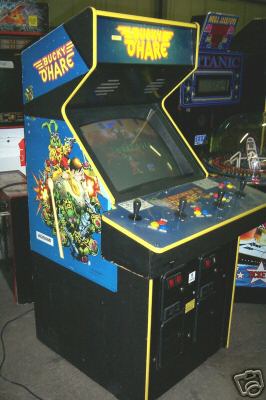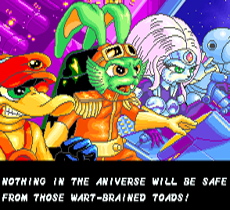When it comes to arcade cabinets, there are few that would interest me as far as a purchasing decision is concerned. One such cabinet though has always been The Simpsons arcade game, and it’s not really because of the game’s quality. The game is fine, one of the better brawlers out there, it’s just limited by its genre. The beat-em-up was a style of game designed to extract quarters from patrons. The player had very limited control over their avatar, usually just a jump and attack button plus the joystick, while the game would just send wave after wave of enemies at them to gradually beat the player down and force them to make a purchasing decision on the spot. “Do I continue by inserting another quarter? Oh no, the timer is down to 5 seconds, I need to act quick!” The real advantage for this genre though is it could be adapted to almost any intellectual property, like an animated sitcom about a family of five.
The Simpsons is a game created by Konami released in 1991. In it, the player controls either Marge, Homer, Bart, or Lisa as they battle their way through a selection of levels in order to rescue Maggie from Mr. Burns. It’s a paper thin plot and it’s limited to what it can be by being created in between seasons 1 and 2 of the show. Who is the enemy in a sitcom? Why, the mean old boss of the father figure, of course! It just so happens that in later seasons Burns would actually become more cartoonishly evil and villain-like so think of the game as a precursor of things to come. It’s good at what it does, it’s just limited by its genre.
What has always made it appealing to me as a cabinet to own is that it’s The Simpsons! There are plenty of Simpsons video games out there, but most aren’t very good. The arcade game is quite possibly the best one, and if not that it’s probably Hit & Run. The arcade has added appeal because, aside from a brief stay on Xbox Live and the PlayStation Store, it’s been locked to the arcade. The cabinet is appealing and all of the attract mode stuff is honestly what creates most of the nostalgia for me. It’s a fun thing to possess for a Simpsons fan, the only problem is the cost and space requirements to actually have one. It was just a handful of years ago that an arcade near me was going out of business, which sucked, and it was selling all of its games. I was really tempted to make them an offer on their The Simpsons arcade cabinet, but I declined. It’s something I can’t say I truly regret because it’s very impractical, but there’s still a part of me that would love to own such a thing.
Since then, Arcade1Up has become a thing. The company specializes in making scaled-down versions of arcade cabinets with modern components. They sometimes contain just a game or two, but lately it seems most have a handful of games from the same studio or licensor. I reviewed earlier this year one of their counter models for Marvel Super Heroes and it was a pretty positive review. The problem with Arcade1Up is largely one of cost. When they first started rolling out, I think they were only two to three-hundred dollars. And since those early ones usually just contained a game from the 70s or 80s, I guess that made some sense. If you wanted an affordable Pac-Man cabinet for your rec room or whatever, then sure, why not? And those games are basically designed to just be high score targets, they’re not really progression-driven, so it’s the type of thing you might return to here and there and visitors to your home might try to beat your score. It’s still more novelty than practical, since if you just want to play a game like Pac-Man there are far cheaper options out there, but that’s the niche Arcade1Up is going for. They sell atmosphere that just happen to be games.
Ever since Arcade1Up became a “thing” I’ve hoped they would do The Simpsons, and sure enough, they did. The only problem was, when they unveiled this cabinet late last summer it came with the MSRP of 600 bucks, $700 if you wanted a stool. That was just too rich for my blood for what is a novelty item. I enjoy playing the actual game, but what I’m paying for is the decorative element more than anything and that price is just crazy for what I want. I’m a pretty big Simpsons fan, but I’d rather seek out an authentic cabinet if it was going to cost me $600 to get the Arcade1Up version. There was a silver lining though, and that’s most of these eventually hit the clearance rack. Surely, the price would remain high through the holidays, but there was hope after that. And sure enough, the unit did go on sale earlier this year, but for the still unfriendly price of $400. That’s certainly better than $600, but not quite in novelty territory for me. The magic number, in my mind, was $200. If the unit ever hit that, then I’d pounce. My wife was even onboard, and lo and behold, on a random Thursday in September it did indeed get dropped to such a price. I thought about it for maybe 10 minutes, longer than I thought I would, but eventually put in an order. A Walmart down the street had a few units and that’s where I got mine. My patience paid off.
Now that I’ve had this unit for about a week, I’m ready to tell you all about it. First off, the package included the arcade cabinet and a riser to make it easier to play for those of us that stand more than 4 feet in height. The cabinet does come unassembled and putting it together took around 2 hours. I was able to do it myself and it’s a little clunky at times, but was plenty do-able. It does need to be positioned on its side for much of the build so you definitely want to make sure you’re putting it together on a carpeted, or soft, surface so the artwork doesn’t get scuffed. Once complete though, it’s a pretty faithful reproduction of the old cabinet. The color and artwork on the sides are the same and the marquee over the top lights up like the old one. Without the riser, it stands a mere 45.75″ to the tip top and it’s 18.75″ wide. The control deck where the controls are is where the old form gets broken a bit. That is 31.5″ wide and extends beyond the shape of the actual cabinet. The depth of the unit, without the control deck, is 22.5″ and with it 24.75″. It, and basically every Arcade1Up release, looks a bit off as a result because the controls are spaced further outside relative to the screen than the original, but visually it’s close enough. We’ll get to the gameplay in a second where it matters a bit more.
The other big difference is the screen. This unit uses a modern, LCD, screen instead of an old tube so it’s sharper and the colors are more saturated. There are certainly purists out there who will pine for the old display, but I think it looks really nice. The sprites hold up really well at this resolution and it just makes the game look the best it can. The size is listed at 17″, so presumably it’s a true square, which fits the size of the cabinet itself. The coin inserts on the front are fake and sadly do not light up. If I was going to make one cosmetic change to the unit it would be LED lights in that area. It is hollow so one could customize the unit fairly easily, but I probably won’t. There also isn’t an actual door there, but how cool would it be to put a mini fridge in there or something? Now my mind is racing.
The riser is basically just a box you assemble that follows the colors of the unit. The cabinet sits on top of it and it boosts the overall height to just under 59″ which is far more comfortable for most adults. I am about six feet tall and I can comfortably play on this with the riser either standing or on a stool. The overall build is fine as it’s mostly held together by screws. The cabinet is made of a wood composite and the unit weighs over 100lbs. Over time, I’m guessing the screws will need to be tightened here and there, but right now it doesn’t wobble or anything. It’s not as rugged as the real thing, but good enough for home use. One thing I don’t like is the instructions on the riser want you to screw the riser to the main unit once inserted, but there are no pre-drilled holes. They just go right through the sides and I’d rather not drill through that, even though the artwork of the family is above that part. There’s also included wall anchors, but I didn’t install them as it’s pretty sturdy. Maybe if this were a more intense style of game I’d be more inclined to do so, but it seems fine. The only other build issue I have is one of the screws on the control deck doesn’t actually “bite” into the unit and just spins. It’s one of four, so it’s not going anywhere, but either the pre-drilled hole is the wrong size or something is mis-aligned.
I already mentioned that the screen is nice, but so is the audio and the actual controls. The speakers are pretty loud and they’re set high by default so you’ll likely get a good blast when first turning it on. The buttons are nice and “clicky” and the joysticks are firm. Interestingly, the two inner joysticks feel tighter than the outside ones, but it’s not something that impacts gameplay. There’s a headphone jack on the control deck and a “Live” button as this thing is Wi-Fi enabled for online play. It’s not something I have any interest in doing, but if you want to play with a full team when actual humans aren’t available in your house, at least it’s there.
Actually playing The Simpsons is still pretty fun, but also a little different. The characters are mapped to the joysticks so going from left to right your options are Marge, Homer, Bart, and Lisa. Because of the placement of the characters, it’s far more preferable to play as either Bart or Homer because they’re in the center. Playing as either of the women is a bit awkward since the viewing angle isn’t optimal, but is do-able. The confines are also cramped, so playing with four players is not exactly the most comfortable experience. With my family of four, it’s basically best done with my wife and I on the outside and our kids in the middle. Mostly though, this game works best as a two-player experience with one character spacing the players out. For kids, that is less of an issue as my two seemed comfortable standing side-by-side playing as Homer and Bart. Beyond that, the actual quality of the game is as good as ever. It looks great, sounds great, and the nostalgia is strong. If you liked the game back in the 90s, you’ll probably still like it. It’s also not super long which is good for the style of game that it is. You can’t save your progress though, so if you want to see it through you have to do it in one session.
The surprise of this set though is that it’s not just The Simpsons arcade game. You may have noticed that in the pictures there’s a track ball in the center of the control deck and that’s because this also includes Simpsons Bowling. Simpsons Bowling was an arcade game released in 2000. It wasn’t very popular or widely spread, plus the arcade scene was on life support come then in the US, so it’s a game most have likely never played. It was produced by Konami and my assumption is the license they had was about to expire and they wanted to get one last payday out of it. Or, they had a bowling game they wanted to put out and felt the Simpsons license would help move units. Whatever the reason, it was something I had never played and honestly one I don’t know if I ever even saw in the wild. It didn’t really factor into my purchasing decision, but it’s a nice bonus.
As far as the game goes, it’s fine. It looks like a game released in 2000. It’s basically a little better than a PlayStation title, but not really on par with the latest and greatest of the era. It’s all rendered in 3D and the character models are certainly recognizable, but not perfectly on-model. Marge’s hair is a bit odd and they couldn’t quite do a perfect sphere so Homer’s head is literally a bit rough around the edges, but I wouldn’t call it ugly. What the game does very well is just the fan service. There’s tons of audio ripped right from the show for each character plus some newly recorded lines. That’s mostly found in the little quips characters will make if you’re taking too long. They’re very chatty though as they’ll have something to say following a strike or spare and there’s enough recorded lines to make sure there are no repeats during a play session. During multiplayer sessions, characters will also comment on how other bowlers are performing often by either dismissing their accomplishments or reveling in their failure. Each character also has their own ending when they win which is both voiced and animated and most of them are quite amusing. All of the talking makes this game have arguably the better attract mode which is something I never would have predicted.
As for the actual gameplay, well, that’s where things falter a bit. First of all, the characters available are Homer, Marge, Bart, Lisa, Mr. Burns, Krusty, Willie, and Apu. Abe Simpson is a hidden character, but not something that needs to be unlocked, you just roll past Apu on the character select screen three times or so and then roll the track ball up one click past Homer and he should appear. The game is very simple once you get into it. There are two modes: Standard and Spares. Standard is just bowling. You first set the curve of the ball, then position the bowler, and then finally roll the ball. Each character is rated for Power, Curve, and Straight. Those with more power obviously send the ball down the lane with more velocity. Those with more curve can literally curve the ball more, and straight is apparently the character’s ability to keep the ball on a straight line, though I haven’t noticed much difference from character to character in practice. Everything is controlled with the track ball, which is a little awkward, but fine. Rolling the ball fast obviously makes the ball go faster in the game, but if you don’t do it straight you can send the ball down the gutter. If you get three strikes in a row (a turkey) you get one special roll. It’s either a fireball, toxic ball, bomb, or Maggie and it’s selected at random. The bomb and Maggie are basically guaranteed strikes, while the other two are a bit tricky because they obliterate the pins. If you’ve ever bowled before, then you know you rely on the pins falling and knocking each other over about as much as you rely on the ball doing the work. Most of the time, I can get strikes over and over and the only thing that stops me from a perfect game is that damn toxic ball which melts the pins and thus prevents them from knocking each other over. I have bowled strikes with it, but I don’t know what I’m doing differently when I do. As a bonus, following these special balls there’s usually a fun animation quirk by the ball return. The best is for Maggie who comes crawling up the thing looking all cute and stuff.
The Spares mode is a bit more of a unique gameplay experience. In that, you compete for money by getting spares. You don’t actually roll the first ball and instead for each frame you’re presented with an arrangement of pins that you need to knock over in one roll. It’s definitely the more challenging of the two modes and it’s this mode where bowlers that have better curve can work out better. The pins are also randomized so it’s not the same experience over and over. The scoring on it is odd as each frame is worth a hundred dollars. If you fail on that frame, the money for it gets added to the pot for the next frame. In this case, you can miss the first 9 frames and convert on the 10th and come away with $1000 which is not how I would have done it since there’s no reward for the number of frames cleared. In multiplayer mode, the bowlers split the pot at the end of each frame so it at least adds something there as frames can end up being worth different amounts. It puts pressure on the third or fourth bowler to match any spares or else one or two players could end up with a big score. What’s missing really is just a multiplier or something for each spare. As-is, the max score one can get is $1000 and you’re guaranteed that if you convert on the 10th frame, which doesn’t make a whole lot of sense to me.
What Simpsons Bowling does well is just in its presentation. All of the characters in the game are presented in the same attire they were wearing in the episode “Team Homer.” That’s the one where Homer joins a bowling league forming the Pin Pals. There are lots of other characters in the background too adding to the atmosphere. Even characters like Willie and Krusty have their proper bowling shirt on even though they were basically cameos in the episode. For Bart, Lisa, and Marge, they didn’t appear as bowlers in that episode so they don’t get a show-accurate costume. Lisa is just herself in bowling shoes while Bart has an original look. Marge is in her green dress and the only criticism I have is she should be wearing the shoes and glove she had in the episode “Life on the Fast Lane.” That’s minor though, and ultimately the presentation here is pretty terrific and the true strength of the game. I just wish we had Moe as a playable character since the other members of the Pin Pals are. Otto was also on the team briefly, but I’d rather see him in the background working the claw machine. He is indeed in the background, but doesn’t appear to be doing anything which is a bummer. Had this been released on home consoles around the same time it probably would have received a lukewarm reception, but as part of a novelty release like this, it’s more than welcomed.
The Arcade1Up edition of The Simpsons is basically as expected. It’s a faithful reproduction of the arcade game and Simpsons Bowling in a smaller package. It’s best served as an attention grabber in a room, it’s a way for fans of The Simpsons to interact with the property in a different fashion. The game itself is also a fun time capsule since it came so early in the show’s life and anyone who either was watching the show then or played the game will surely enjoy the trip down memory lane. It is not the type of game that demands frequent play sessions. It’s very disposable and there’s certainly some diminishing returns each time you come back which is why I think of this as a novelty item more than a gaming one. Simpsons Bowling does add to the package, but even that game lacks a skill component that makes it fun to return to over and over. Get this if you are just tickled by the idea of owning The Simpsons arcade game and have the space for it.
When Walmart marked this unit at 200 bucks it sold out pretty quickly. That’s a shame because I think that’s the right price for this sort of thing. Other retailers still have it and most have it marked down to $400. Some of those listings include the themed stool, which mine did not come with, so maybe that’s worth something to you. Is it worth 200 bucks? I don’t think so, but maybe if it hits $300 that will seem more palatable. There’s also a chance this gets re-issued as a counter-cade, but even those start off around $200 or more so it’s hard to say. If I never got this and Arcade1Up did a counter-cade edition at $150 I probably would have pounced. I might have even done $200. I was never going to do $600 and I wouldn’t recommend anybody else do that either, but if you love The Simpsons and come upon a deal for this, then I think it’s definitely worth the investment.




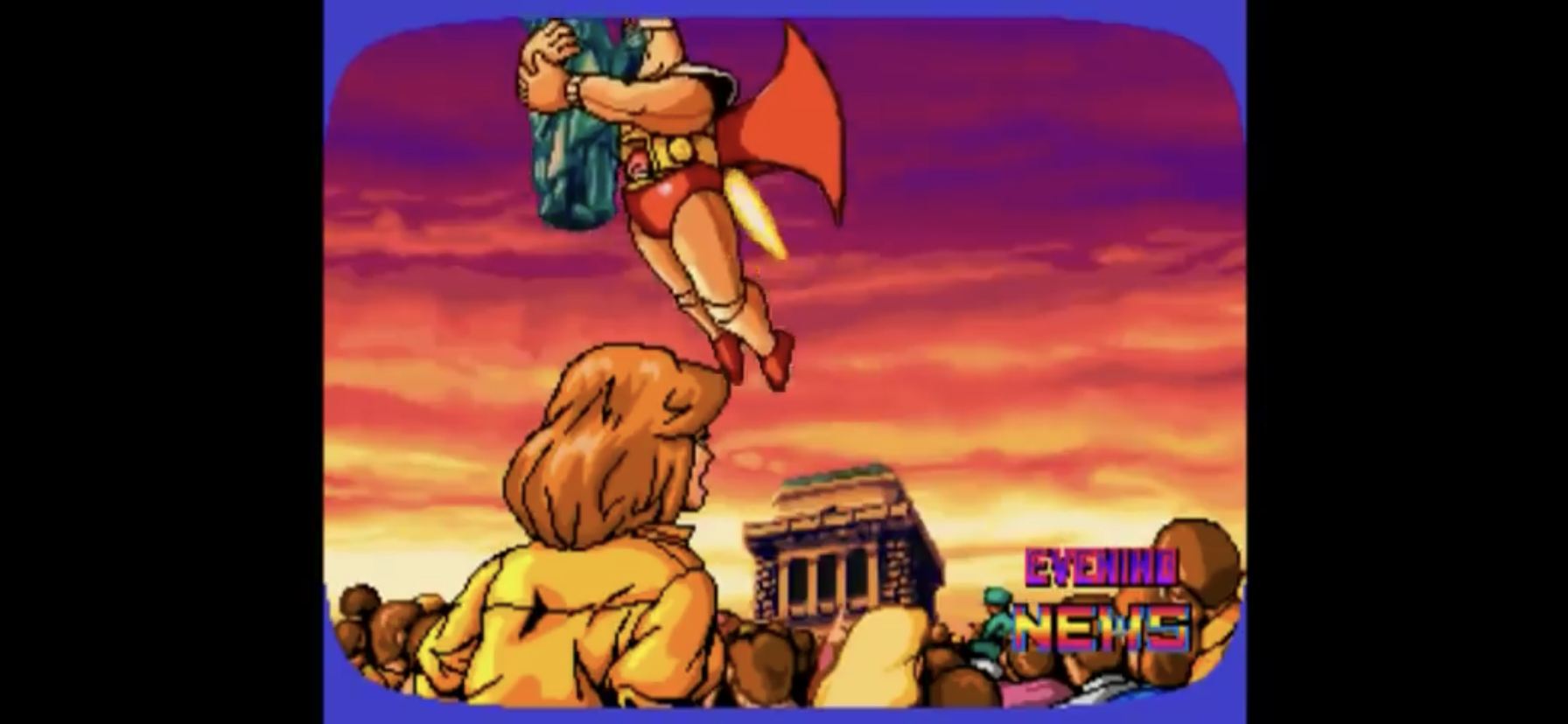


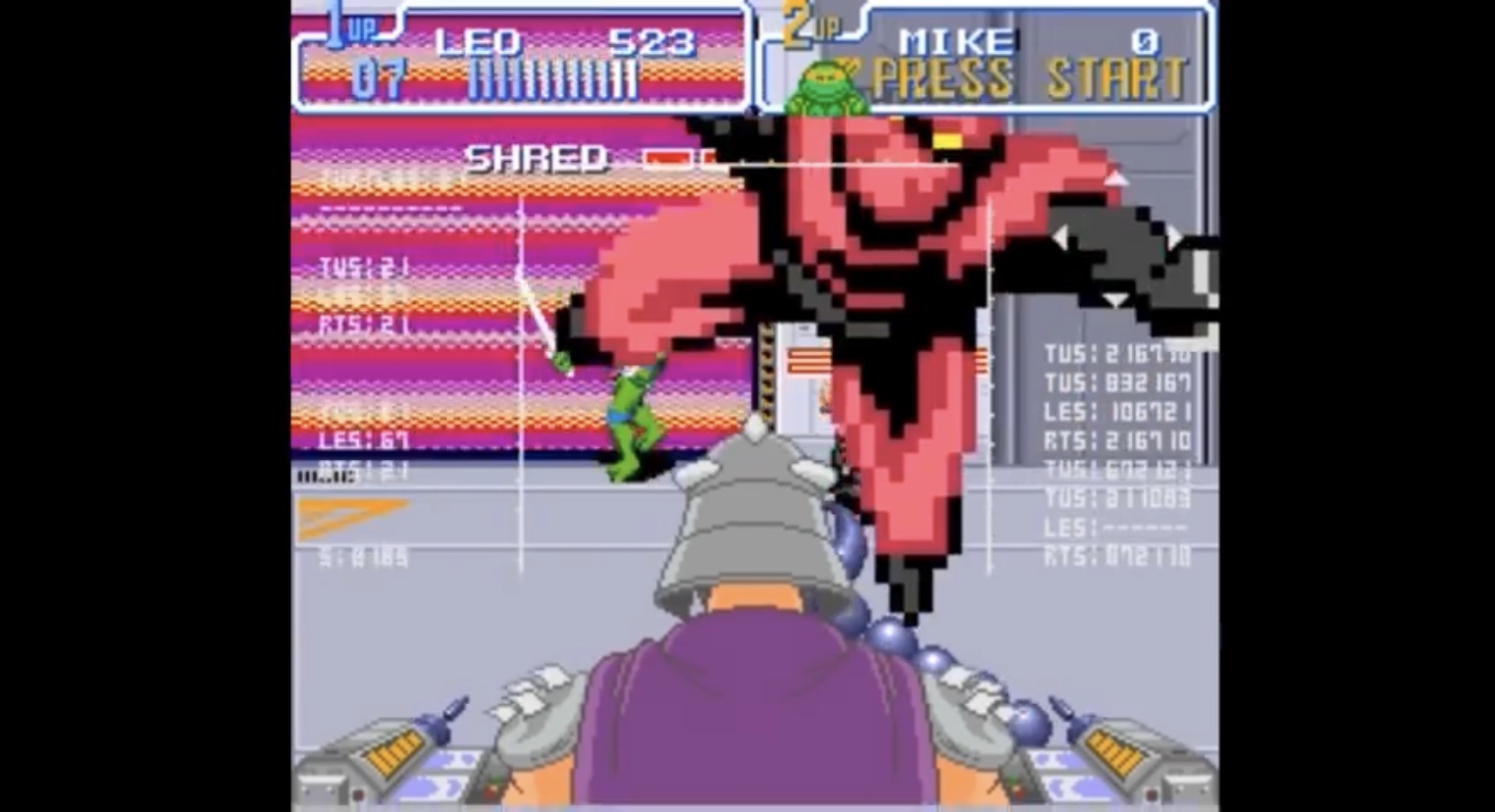








 It was announced earlier this week that a Teenage Mutant Ninja Turtles branded Loot Crate was incoming later this year. NECA, or NECA’s parent company to be more exact, rescued Loot Crate from bankruptcy last year and has been aiming to revamp the subscription service by incorporating NECA product into the boxes. If you’re not familiar with the scheme (some would argue scam), Loot Crate is basically a blind box service. Each box usually retails for about $50 and the only thing the buyer knows is what the general theme of the box will be. They’re almost always advertised as being a greater value than what they’re charging, which is a ludicrous statement, and instead they’re full of junk that would be a hard sell on its own. That’s likely why the service went bankrupt, but NECA appears at least committed to making this thing worthwhile.
It was announced earlier this week that a Teenage Mutant Ninja Turtles branded Loot Crate was incoming later this year. NECA, or NECA’s parent company to be more exact, rescued Loot Crate from bankruptcy last year and has been aiming to revamp the subscription service by incorporating NECA product into the boxes. If you’re not familiar with the scheme (some would argue scam), Loot Crate is basically a blind box service. Each box usually retails for about $50 and the only thing the buyer knows is what the general theme of the box will be. They’re almost always advertised as being a greater value than what they’re charging, which is a ludicrous statement, and instead they’re full of junk that would be a hard sell on its own. That’s likely why the service went bankrupt, but NECA appears at least committed to making this thing worthwhile.







 Rhino-Man – I talked about wanting this figure in my list of most wanted NECA figures, so naturally I’d put him here. This was Rocksteady in a super hero costume. He could easily be repainted to accomplish the look well enough, and once again it would setup for a future release of Bebop in his super hero attire. Since fans would expect such a move, that version of Bebop could once again occupy the bonus figure slot or something.
Rhino-Man – I talked about wanting this figure in my list of most wanted NECA figures, so naturally I’d put him here. This was Rocksteady in a super hero costume. He could easily be repainted to accomplish the look well enough, and once again it would setup for a future release of Bebop in his super hero attire. Since fans would expect such a move, that version of Bebop could once again occupy the bonus figure slot or something.


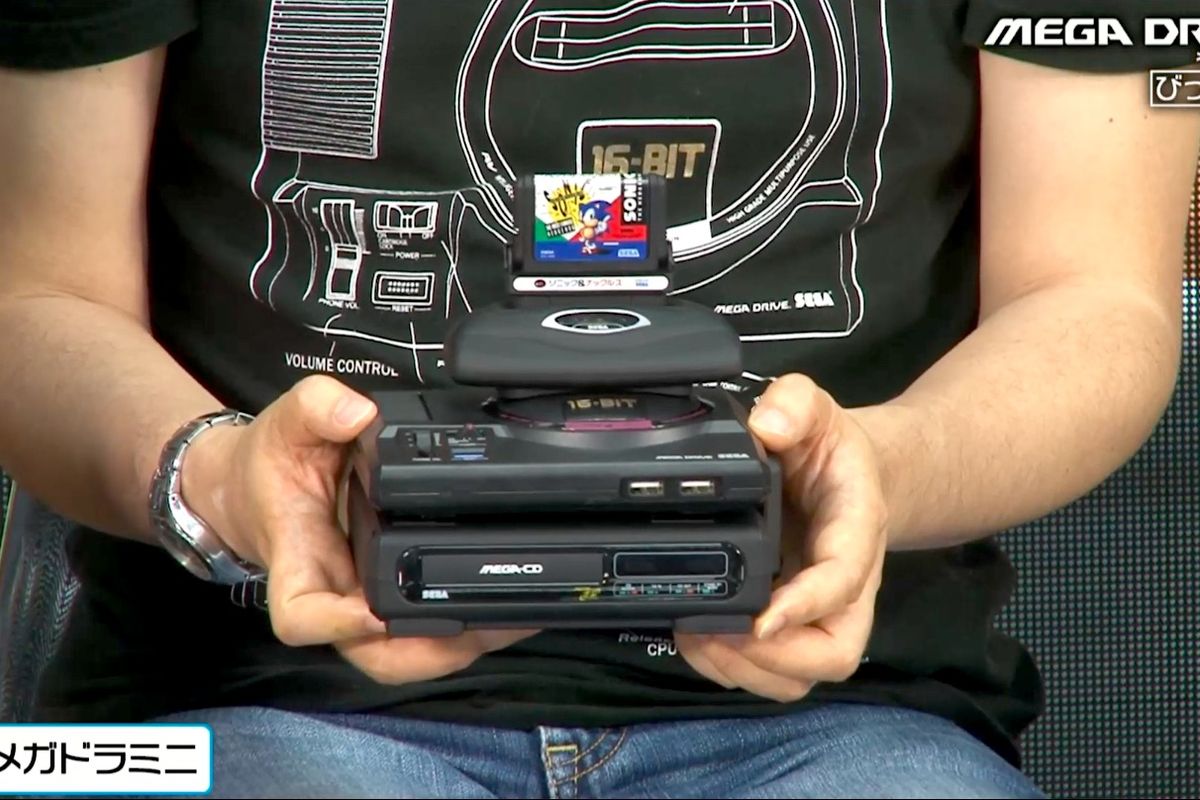
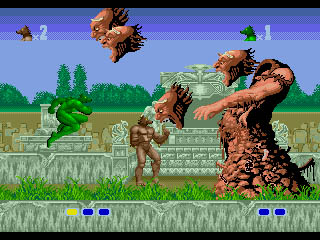
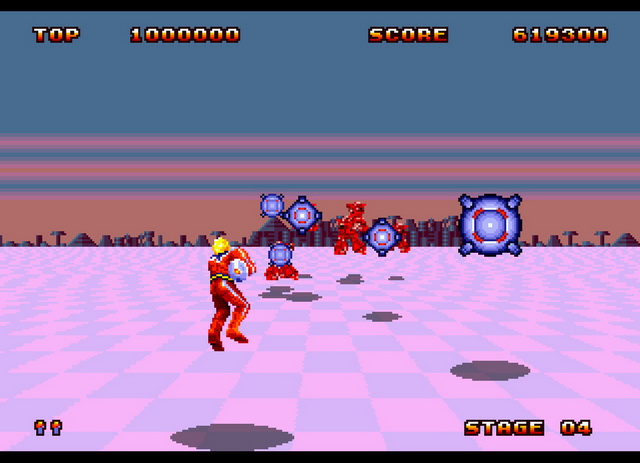

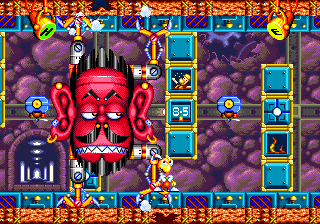
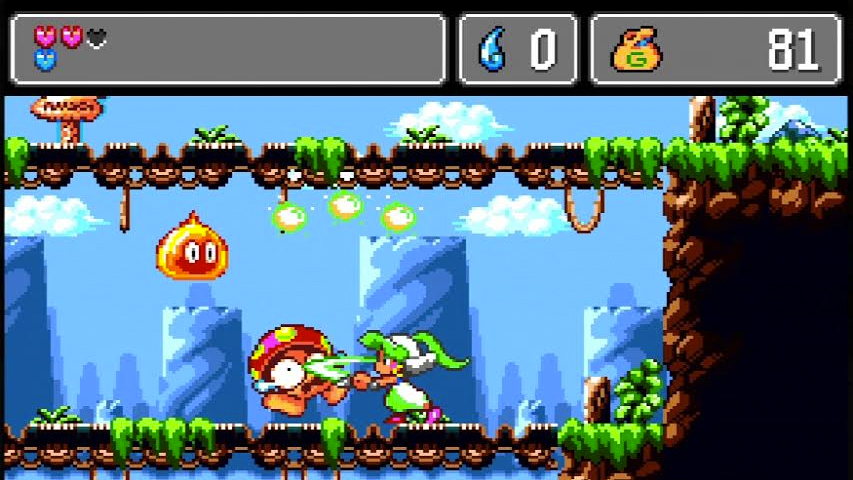
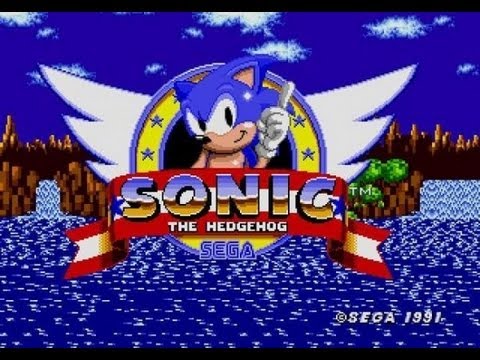


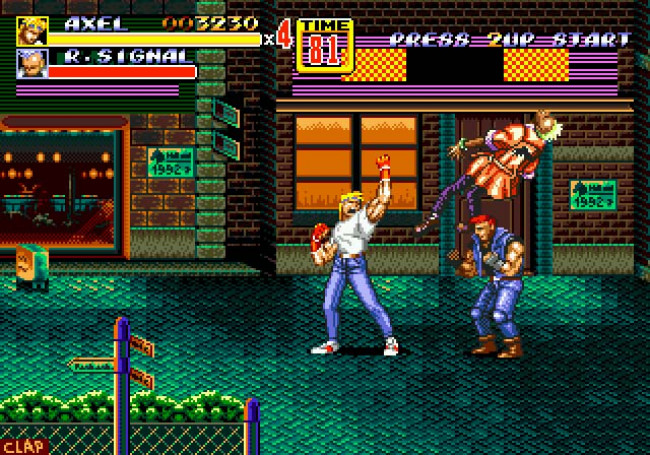
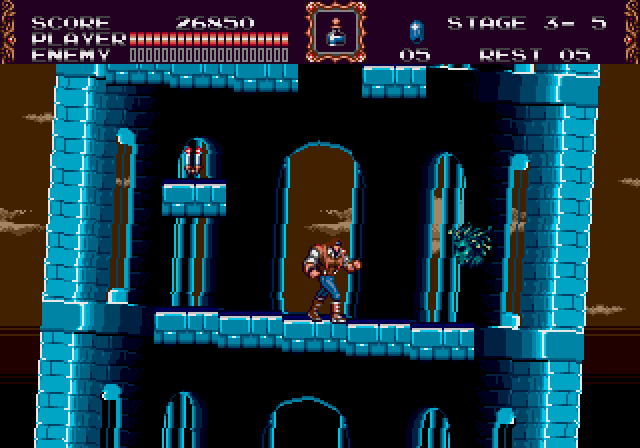
 This may often look like a Batman blog, but if I could make it look more like a Bucky O’Hare blog then I totally would. The problem is, there just isn’t enough quantity to talk about when it comes to Bucky O’Hare. While Batman: The Animated Series produced 85 episodes in its original run, Bucky O’Hare and the Toad Wars produced a mere 13. Batman was broadcast on Fox Kids, then Kids WB (with a new season too), with reruns airing for years when it was all said and done. The show had a comic tie-in, toys, three films, and then it went on to basically spawn Batman Beyond, not to mention all of the Justice League themed shows. As for Bucky, he got the toy treatment and a Nintendo game, but his 13 episode total meant there was really no home for him in syndication. After the episodes were broadcast a few times, they all but disappeared. A comic line was launched in the UK, but it never left that territory so if you wanted to continue enjoying the show in the US you had to seek out the VHS tapes.
This may often look like a Batman blog, but if I could make it look more like a Bucky O’Hare blog then I totally would. The problem is, there just isn’t enough quantity to talk about when it comes to Bucky O’Hare. While Batman: The Animated Series produced 85 episodes in its original run, Bucky O’Hare and the Toad Wars produced a mere 13. Batman was broadcast on Fox Kids, then Kids WB (with a new season too), with reruns airing for years when it was all said and done. The show had a comic tie-in, toys, three films, and then it went on to basically spawn Batman Beyond, not to mention all of the Justice League themed shows. As for Bucky, he got the toy treatment and a Nintendo game, but his 13 episode total meant there was really no home for him in syndication. After the episodes were broadcast a few times, they all but disappeared. A comic line was launched in the UK, but it never left that territory so if you wanted to continue enjoying the show in the US you had to seek out the VHS tapes.



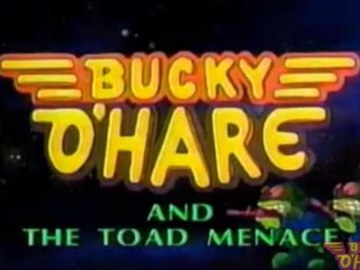
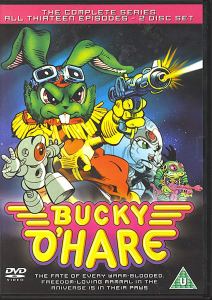
 When the PlayStation Classic was announced a few months ago it was only revealed what 5 of the included 20 games were going to be. It was odd, but considering most places pre-sold out I suppose it didn’t matter. When Nintendo had success with the NES Classic Edition, it meant we were in for more of these devices. Myself and many others
When the PlayStation Classic was announced a few months ago it was only revealed what 5 of the included 20 games were going to be. It was odd, but considering most places pre-sold out I suppose it didn’t matter. When Nintendo had success with the NES Classic Edition, it meant we were in for more of these devices. Myself and many others 
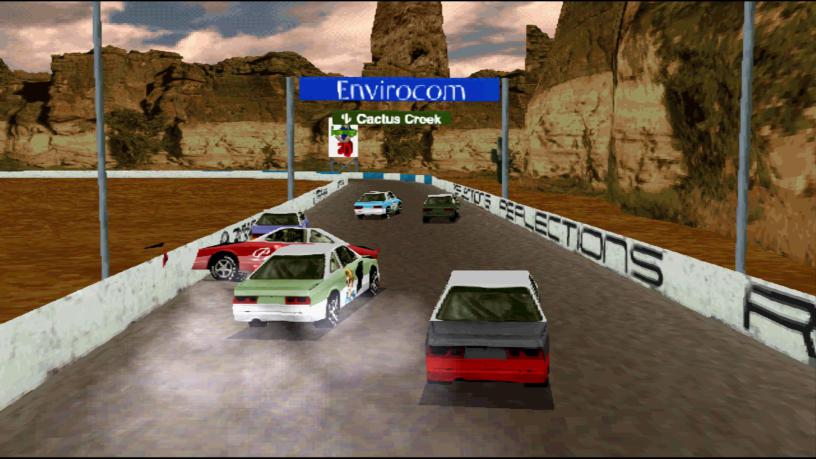
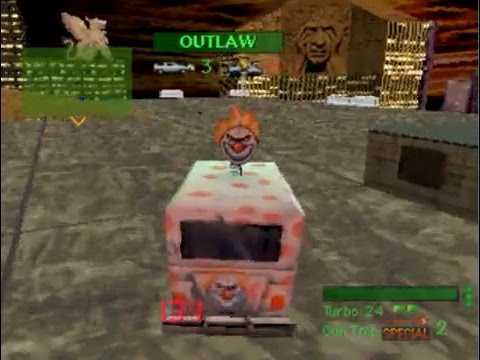














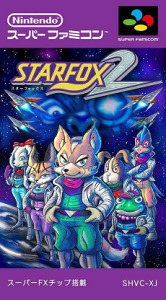 #21 – Star Fox 2* (2017)
#21 – Star Fox 2* (2017)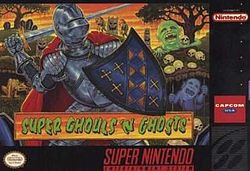 #20 – Super Ghouls ‘n Ghosts (1991)
#20 – Super Ghouls ‘n Ghosts (1991) #19 – F-Zero (1990)
#19 – F-Zero (1990) #18 – Donkey Kong Country (1994)
#18 – Donkey Kong Country (1994) #17 – Super Punch-Out!! (1994)
#17 – Super Punch-Out!! (1994) #16 – Contra III: The Alien Wars (1993)
#16 – Contra III: The Alien Wars (1993)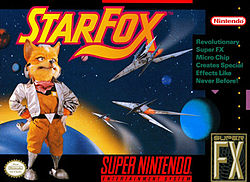 #15 – Star Fox (1993)
#15 – Star Fox (1993)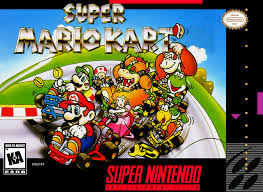 #14 – Super Mario Kart (1992)
#14 – Super Mario Kart (1992) #13 – Kirby’s Dream Course (1994)
#13 – Kirby’s Dream Course (1994) #12 – EarthBound (1994)
#12 – EarthBound (1994) #11 – Kirby Super Star (1996)
#11 – Kirby Super Star (1996)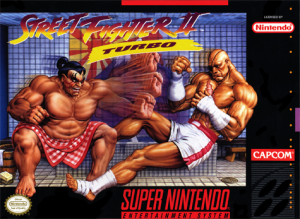 #10 – Street Fighter II Turbo: Hyper Fighting (1993)
#10 – Street Fighter II Turbo: Hyper Fighting (1993) #9 – Secret of Mana (1993)
#9 – Secret of Mana (1993)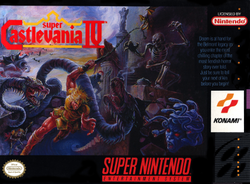 #8 – Super Castlevania IV (1991)
#8 – Super Castlevania IV (1991) #7 – Super Mario RPG (1996)
#7 – Super Mario RPG (1996) #6 – Super Mario World 2: Yoshi’s Island (1995)
#6 – Super Mario World 2: Yoshi’s Island (1995)  #5 – Mega Man X (1993)
#5 – Mega Man X (1993) #4 – Super Metroid (1994)
#4 – Super Metroid (1994) #3 – Final Fantasy III (1994)
#3 – Final Fantasy III (1994)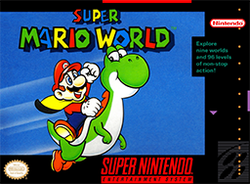 #2 – Super Mario World (1990)
#2 – Super Mario World (1990) #1 – The Legend of Zelda: A Link to the Past (1991)
#1 – The Legend of Zelda: A Link to the Past (1991)
